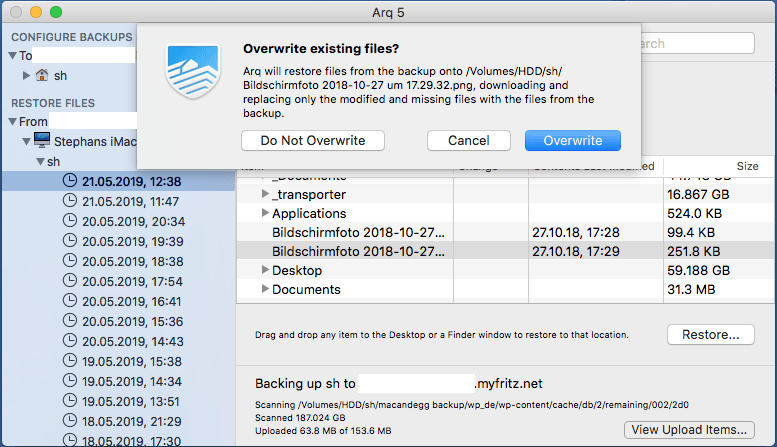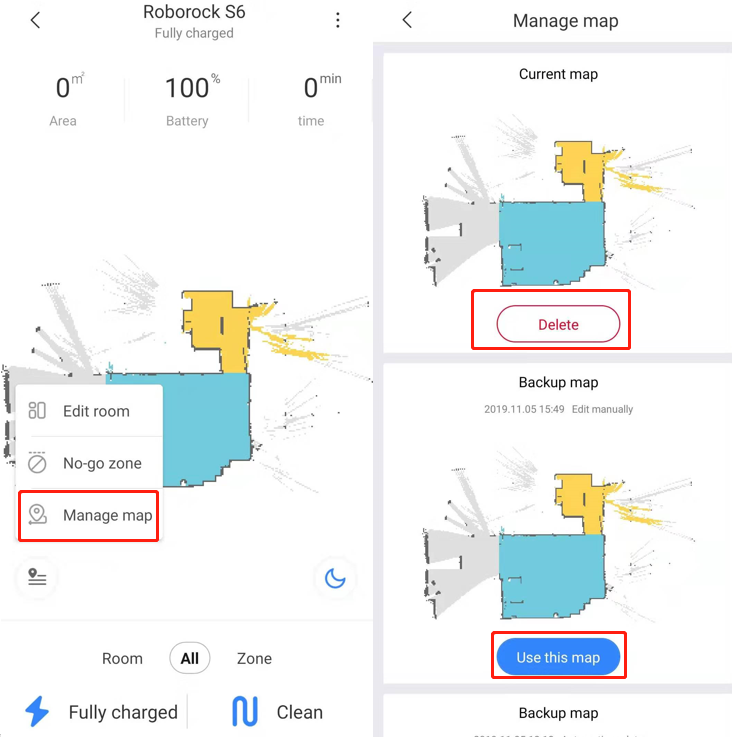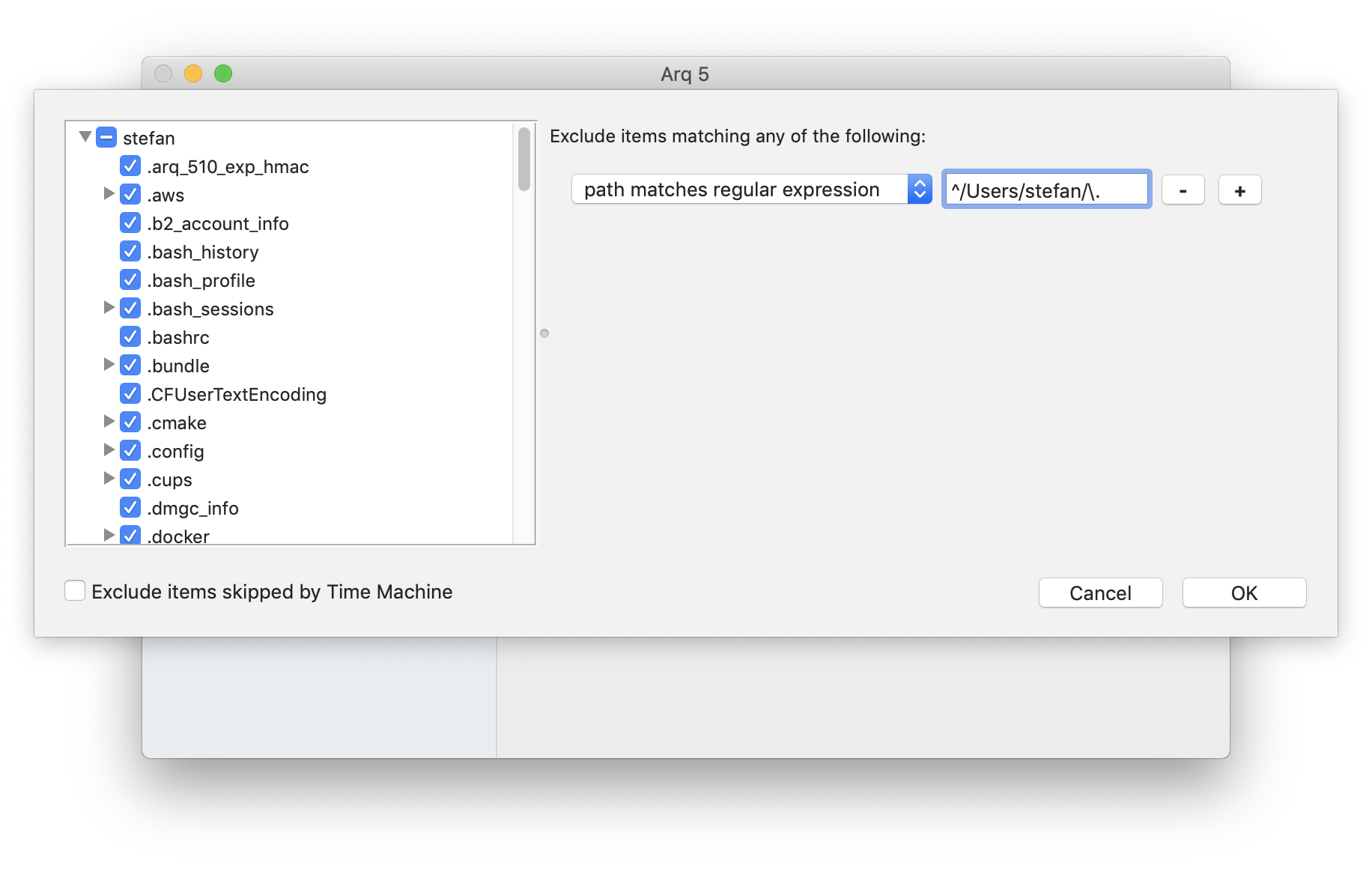

Warning at end of job after Upload Retry turned down the noise level a bit. Failure is an error, not a warning.ĭuplicati can’t control Google, but if this gets too noisy I suppose Warning could be turned to Information, which won’t do any popups but could be gotten if someone really needed the detail to look into a problem. Generally it would be, as I think retries persist up to the configured limit. In the example below, everything ended well (it appears), but you can see if your file was actually deleted.

Retry of delete then failed because Google said file wasn’t there, but files list this time saw it was gone. You can see some confusion where Google won’t delete the file because it thinks it’s not there, but then a file list by Duplicati sees it, and warns you of that. An upload retry is done under a new name, and old potential messes resulting from failed upload get cleaned up at the end.
#ARQ BACKUP MY MAP FILE AND PLAYER SERIES#
If you check the “overwrite existing files” checkbox and choose a restore location that already contains a folder matching your selection, Arq will overwrite any existing files within the folder that do not have the same modification time and file size as the backup record.You would need to set up logs to be sure, but the one here had a series of upload failures, each of which leaves things in an unknown state. Select a file or folder in the backup-record view and click the Restore… button on the bottom right.Īrq will ask where you would like to restore the files to, and whether you would like Arq to overwrite existing files. Arq will automatically restore the file/folder to that location. Restore Options Drag and Dropĭrag a file or folder from the backup-record view onto your Desktop or a Finder window. The files and folders will be shown on the right. If you want to find the latest backup record for an active backup plan:Ĭlick on the backup plan under “BACK UP” in the main window.Īrq will automatically expand the nodes under “RESTORE” in the main window, and select the latest backup record. As objects become downloadable, Arq will restore (download) the data. Arq must first request that the needed objects be made “downloadable”. If your backup data are stored in AWS Glacier, restoring can take several hours because of the way Glacier works. Type a filename or fragment into the search field to see matches from all backup records related to the backup plans listed on the left under “BACKUP”. Or, drag and drop a file or folder to the Desktop or a Finder window to restore to that location.Īlternatively, you can search the backups for the active backup plans. Select a file or folder on the right then click the Restore button and choose the destination. If the storage location of your backup records isn’t already configured in Arq, pick New Storage Location… from Arq’s File menu and configure the storage location.Įxpand the storage location in the Arq main window under the “RESTORE” section to see a list of backup sets.Įxpand the backup set to see backup records (dates/times).Ĭlick on a date/time to see the files within that backup record. Restoring your files from an Arq backup set is straightforward:

Preventing Dropbox from Syncing Arq Data.


 0 kommentar(er)
0 kommentar(er)
